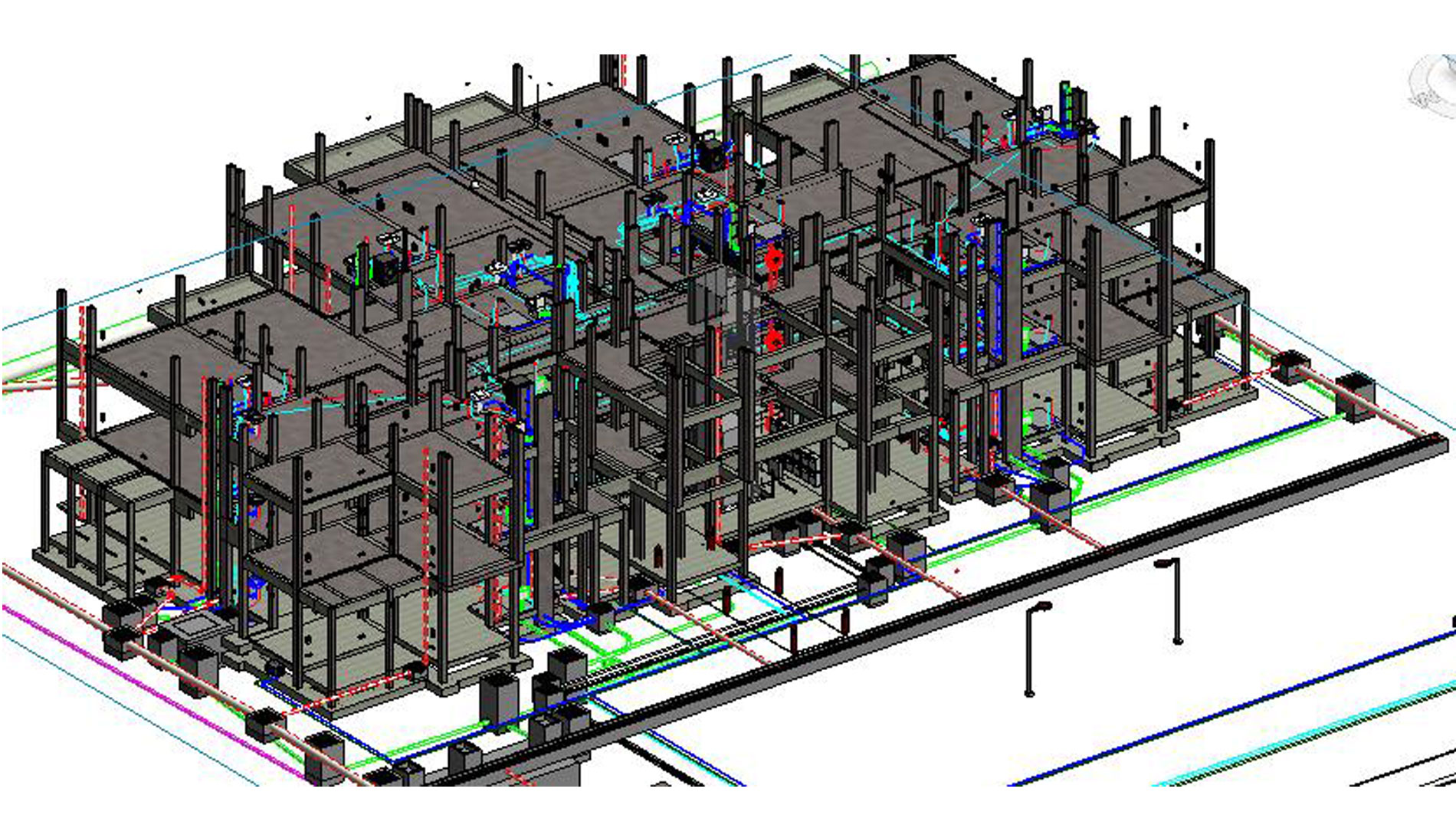Development is an essential component of progress in the dynamic fields of engineering and construction. Structural Building Information Modeling BIM services have become a transformative force in the field of architectural design, project planning, and construction performance, among other technological advancements.
Understanding How to Use Structural BIM Services
Structural BIM is simply a digital version of the functional and physical aspects of a building. It includes a number of different construction project components, including geometry, physical connections, geographic data, and the quantities and characteristics of building materials.
Effective collaboration Optimized
Through offering an organized platform, structural BIM services promote collaboration between architects, engineers, and construction professionals. This platform facilitates real-time information sharing, which lowers errors and increases efficiency by allowing participants to work simultaneously on the same project.
Designing the enhancement
The days of traditional designs are over. Before any real work starts, designers can use BIM to virtually create and test several structural designs, simulating different situations to optimize for conservation, cost, and functionality. During construction, this looping method reduces rework and saves time and resources.
Enhanced Visualization
BIM offers visualization and, in some cases, even 4D (time) and 5D (cost) simulations. This immersive experience helps stakeholders—clients, architects, and builders—better understand the project, enabling them to make informed decisions and foresee potential challenges early in the process.
Clash Detection and Risk Mitigation
One of the most valuable aspects of BIM services is its ability to detect clashes or conflicts in the design phase. This early identification minimizes rework during construction, thereby reducing project delays and costs significantly.
The Role of Innovation in BIM Services
The catalyst in the evolution of BIM services. Recent advancements in technology have augmented the capabilities of BIM, paving the way for more sophisticated applications and benefits:
AI and Machine Learning Integration
The integration of Artificial Intelligence AI and Machine Learning (ML) in BIM services has revolutionized the predictive capabilities of these systems. They can now analyze vast amounts of data to foresee potential structural issues, optimize designs, and suggest improvements based on historical project data.
Cloud Based Collaboration
Cloud technology has transformed how BIM operates by enabling seamless collaboration across different locations and time zones. This facilitates a more agile workflow, ensuring that all stakeholders have access to real-time project data, fostering smoother communication and decision-making processes.
Sensor Integration
The Internet of Things and sensor technology have opened new avenues for BIM. By integrating devices and sensors into construction sites, BIM systems can gather real-time data on various parameters like temperature, humidity, and structural stress. This data can be used to monitor the building’s health and performance even after completion.
Overcoming Challenges and Embracing the Future
However, with every innovation, challenges arise. Adoption barriers, such as initial costs, workforce training, and interoperability issues between different BIM software, hinder the widespread implementation of Structural BIM services.
To overcome these challenges, industry stakeholders must invest in training and education to equip professionals with the necessary skills to leverage these technologies effectively. Additionally, policymakers can play a crucial role by incentivizing BIM adoption through supportive regulations and standards.
Conclusion
The transformative power of innovation within Structural Building Information Modeling (BIM) services is reshaping the construction industry at its core. ENGISOFT ENGINEERING – BIM Staffing & BIM Services by advanced technologies and fostering collaborative ecosystems, BIM has become more than just a tool it’s a catalyst for efficiency, precision, and sustainability.
The integration of Artificial Intelligence, cloud-based collaboration and emerging technologies and block chain has propelled BIM services to unprecedented heights. This amalgamation empowers stakeholders with comprehensive insights, enabling them to optimize designs, mitigate risks, and streamline construction processes.











